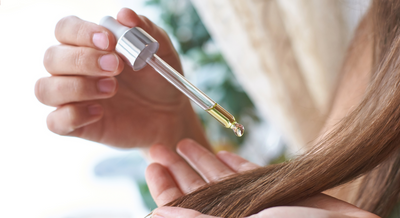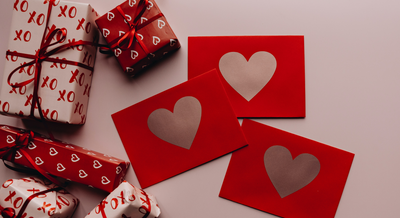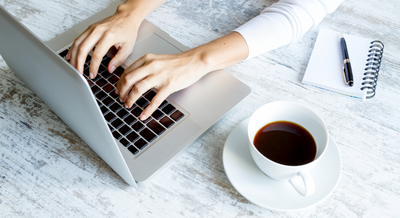Understanding the different types of properties your hair is made up of; like texture, circumference, pattern, and elasticity can help you narrow down which types of styles and cuts as well as what styling products will work the best for you. If you want to know which product works best on your hair, the texture is the most important thing to determine. Let’s look into some details that women should know about their hair texture.
What is Hair Texture?
People usually confuse hair texture with a curl pattern, which are two different things. Hair texture is not how the hair feels when you move your hand through it, but rather the thickness of the individual hairs. You may also hear it referred to as the diameter of hair.
There are three types of hair texture fine, medium, and coarse.
You can help determine your hair texture by using a piece of thread. Compare that piece of thread to a strand of your hair. If the hair is thinner than the thread, then you are fine-textured. If both are equal, then it is medium, and if it has a bigger diameter than a thread, then it is considered coarse or thick hair.
Fine hair texture:
- This type of hair is most vulnerable and can be prone to breakage. People with finer hair typically have more hair on their heads as each strand occupies less space in comparison to the other two hair textures.
- Fine hair tends to be the oiliest of all hair textures
- People may find it hard to hold a style because the hair is light and frictionless; it tends to fall flat quickly.
- A lack of volume tends to be the main complaint of women with fine hair texture.
Medium hair texture:
- It is not only common but also the easiest texture to work with
- This texture tends to hold styles relatively easily.
- Making up different styles is not as hard as it is for fine hair.
- It keeps the scalp covered well.
Coarse hair texture:
- There is a reason why hair becomes thick for people with coarse hair. This type of hair has all three layers, while in the other two hair textures, one or more go missing. The layers are cortex, medulla, and cuticle. The hair looks thick primarily because of the medulla, which are layers filled with air and space.
- Your head looks completely covered and full.
- The additional presence of structural proteins makes it the strongest of all hair types.
- It is quite resistant to damage as well as heat.
***Fun Tip!: According to surveys, light-colored hair like blond is more likely to be fine textured, and dark-colored hair is usually thicker or more coarse.
Curly hair is usually thick, but not always. Stylists say that your curls need to have some weight to them in order to pull the hair down. The weight prevents the hair from shrinking up and poofing out. The longer your hair the heavier the curl will be. However, it is not mandatory to always have long spirals dangling about. It depends on your own individual style and how well you carry yourself. If you can pull off a short, curly-haired look, then don’t hesitate!
Avoid Long Lengths if you Have Fine Hair
The rules for fine-textured hair are opposite. While curly hair looks good when weighed down, fine or thin hair looks better when cut short. Why is that? The reason is that long fine hair can look too weighed down and the lack of volume combined with hair that tends to be more oily can be off putting.
Shorter cuts are the best solution to thin, oily hair, but it doesn’t mean you can never have long Rapunzel-like hair.
Layered Hairstyles are Great for All Hair Textures
A layered hairstyle can provide you with a new and fresh appearance! For all hair textures, layers can complement. With the diversity of layering techniques, you can fix any overly-exaggerated facial features. For example, if you have thin hair with an elongated face, layers can fix that problem by making your face look fuller.
However, layered hair needs more attention and constant care. If you are reluctant to take care of them, then those layers may end up unhealthy.
What are the Best Products for Each Hair Texture?
Every hair type has its pros and cons. Fine hair needs plumping up as it tends to lack volume; for that purpose, you should purchase a volumizing shampoo. It is perfect for adding that extra volume that fine hair tends to need. Just shampoo two-three times a week to see results.
For fine hair, you might also want to look for a dry shampoo to treat the excessive oil that can accumulate on your scalp. Go for a shampoo that can get rid of extra moisture efficiently for a fresh look with added volume.
On the other hand, you may face a problem of dryness if you have coarse hair. Buy a moisturizing shampoo that will provide additional moisture and help trap the existing moisture in.
The Best Hair Styling Tools for Your Hair Texture
Each type of hair texture needs its own set of hair tools. A fine, straight hair can handle intense heat from a blow-drier as they already have a layer of moisture and oil to help protect the hair. You may want to purchase a brush that can reach your roots, to help you add some volume during brushing, as well as carry some oils from the scalp down to the tips. Round barrel brushes with natural bristles can prove best for this purpose.
In the case of curly hair, blow-drying can be a bit trickier. You don’t want to put extra heat on your hair as it already tends to get dry. Purchase a diffuser attachment for your blow dryer to get rid of the moisture effectively and efficiently. A blow dryer with variable heat control options is another great option for those with curls.











